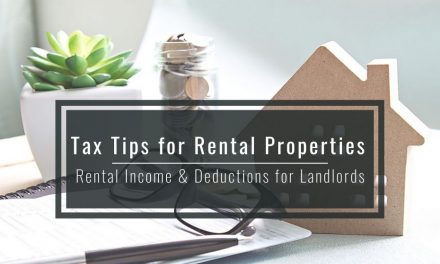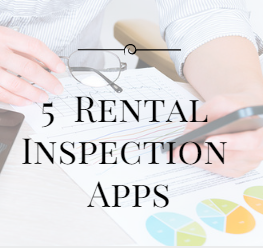To many people, their pets are some of the best things in their lives. A pet is a companion that will stick by your side, through thick and thin. Unfortunately, finding a rental that will let you bring your furry companion with you can be difficult. Many landlords either don’t allow pets, will only allow certain breeds, or have weight restrictions.
Once you find the perfect pet-friendly property, there are still some helpful tips that you should know. Some of this will depend on your particular pet and rental situation, but all pet owners should be aware of this important information.
Looking for a Rental
DO: Show that you are a responsible pet owner. A landlord will want to rent to a responsible pet owner and a well-trained pet. Do what you can to show these traits to your landlord. Having the right equipment for your pet, having proof that your pet is up to date on shots and medications, and having rules that you enforce all demonstrate that you are prepared to care for your pet.
Have a pet resume or references for your animal. The more that you have to show that you are a responsible pet owner and that your pet is well trained, the better. Don’t know where to start?
Learn more: How to Write a Pet Resume For Your Rental Application
DON’T: Procrastinate or delay looking for a rental. Waiting to look for a rental is a huge downfall for a lot of pet owners. The more specifications you have when looking for a unit to rent, the longer it will take to find it, and a pet-friendly rental is no exception. Allow for approximately 60 days to find a new rental.
Signing the Lease
DO: Make sure that your pet is addressed in the lease beforehand. If your landlord verbally agrees to you having a pet in the rental but does not put it on paper, then there is a chance for them to go back on it. Verbal agreements are hard to prove, and should not override the language in the lease. You should never sign a lease that has “no pets allowed” in it and keep a signed copy of the lease stored somewhere that it can be easily retrieved. This way, you have it available if you or anyone else has questions.
DON’T: Sneak a pet in if you have already signed a lease. If the pet is not addressed in the lease and you get or sneak on into your unit, then the landlord has grounds for eviction. This applies if you decide to adopt a pet after you move in, or if you are taking care of someone else’s pet for a long period. If you do want to adopt, be sure to ask your landlord before you make that decision.
In the Rental Unit
DO: Have a way to keep your pet entertained. With dogs, this can come in the form of chew toys, bones, etc. Having something to keep their minds occupied will minimize the risk of them chewing on something or being destructive. Hiring a dog walker might be a viable option to exercise your dog while you are at work.
For cats, having a cat tree or scratching post will keep them from destroying furniture and walls. Cats also enjoy toys, so make sure you have some of those around. Also, consider spaying or neutering your pet to avoid bad habits that they can get away with if you aren’t home.
DON’T: Leave your pet unattended for long periods. For the first couple of weeks in your rental, this is especially important. Your pet needs time to get used to the new space, otherwise, they will be more prone to destruction.
If Your Landlord Threatens to Evict You
Generally, as long as you are a responsible tenant and your pet is not disruptive, there shouldn’t be an issue with your landlord. However, in the case that your landlord does make the decision that your pet is a nuisance, then you should be aware of your rights.
DO: Double check what your lease states. If the lease does not mention pets at all, then typically pets are legally allowed. However, local laws override whatever is in your lease. Some public housing authorities have laws against certain animals or dog breeds – it is important to check if any of these are in effect.
DON’T: Do anything drastic. Before you start panicking, there are a few different resources that you have access to that can help. This includes nonprofit organizations, whose help is probably either low-cost or free. There are also legal resources for your area and community that can help you find answers to your questions.






